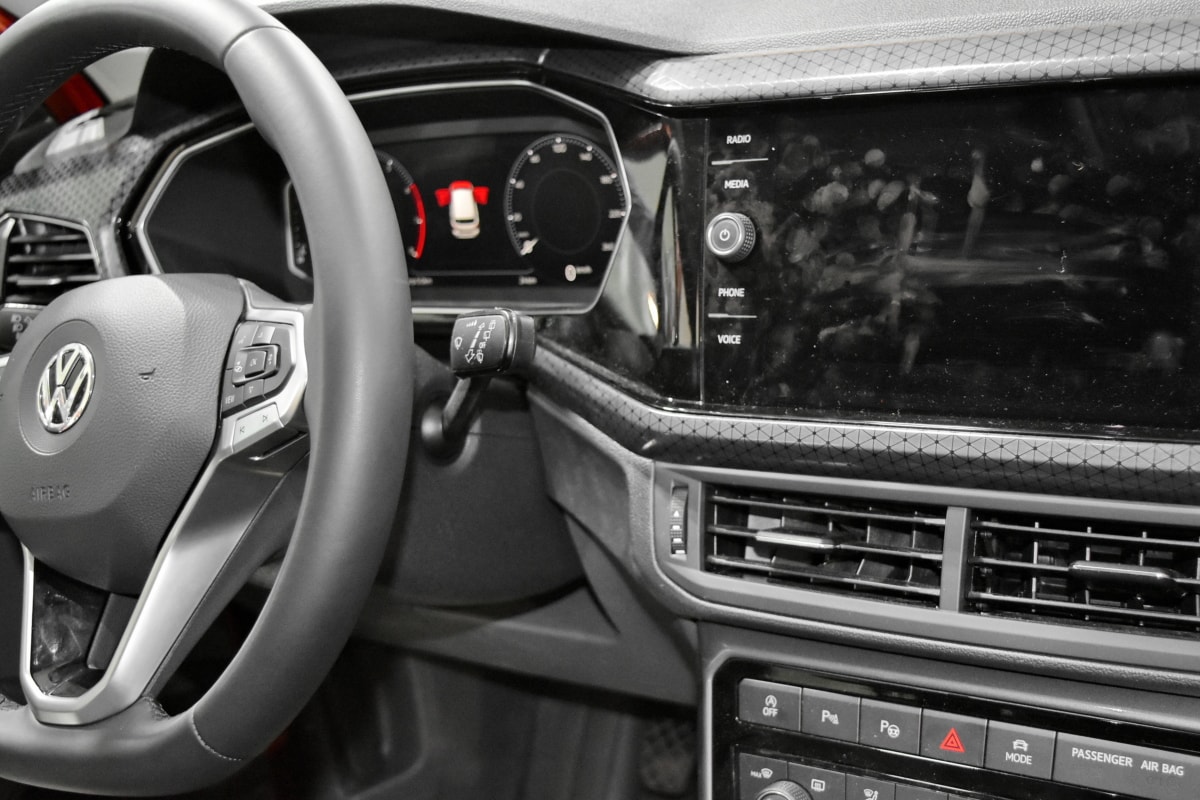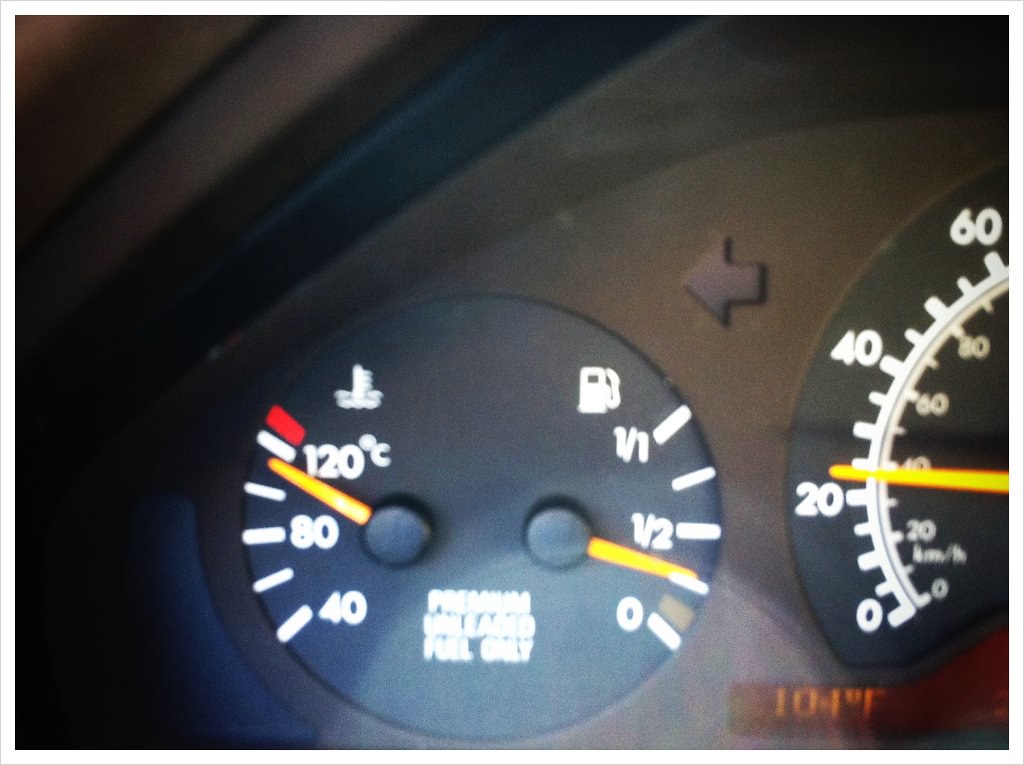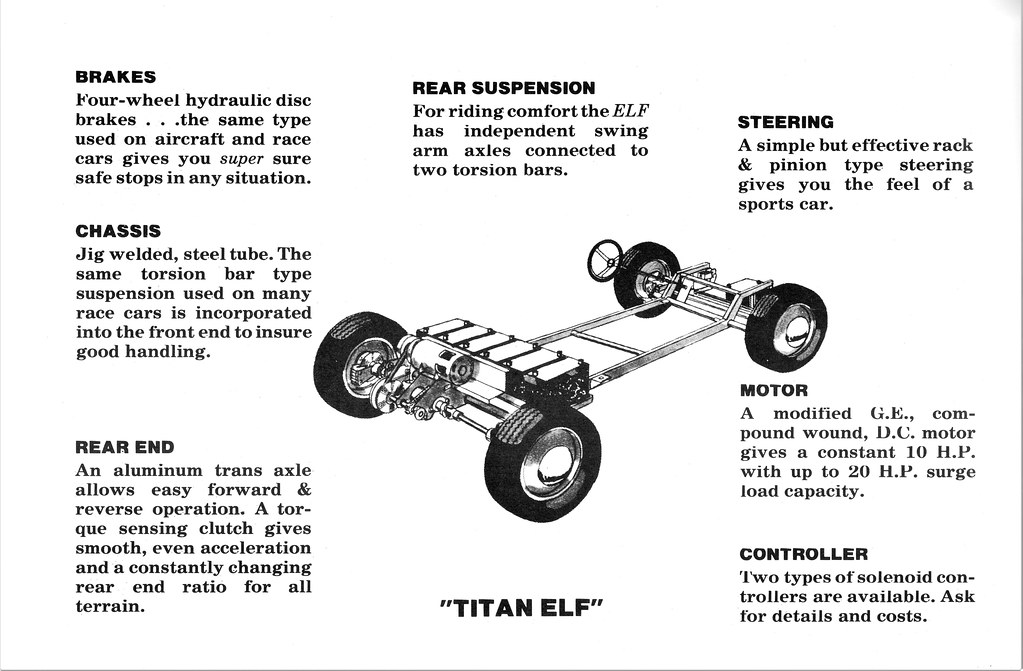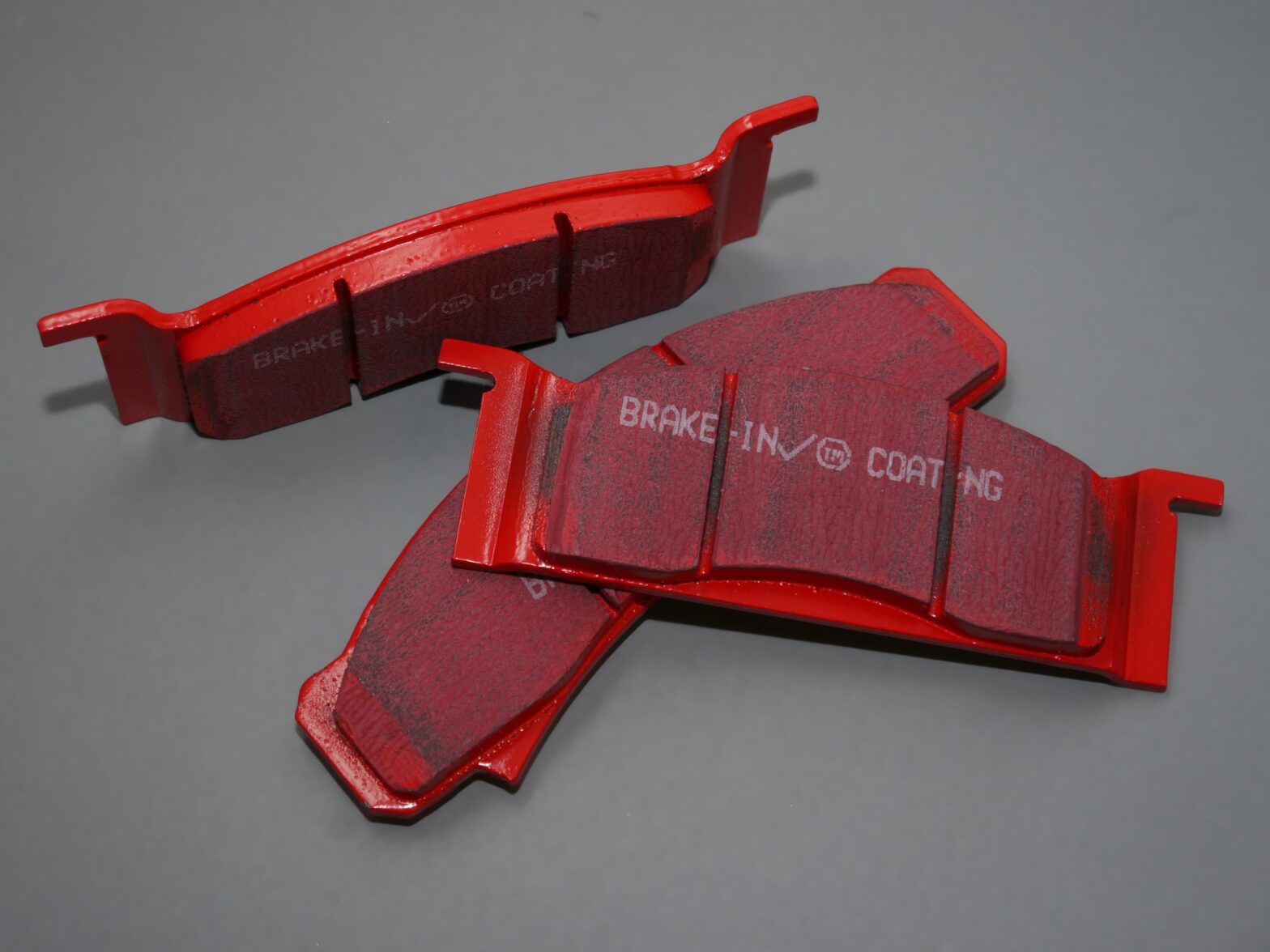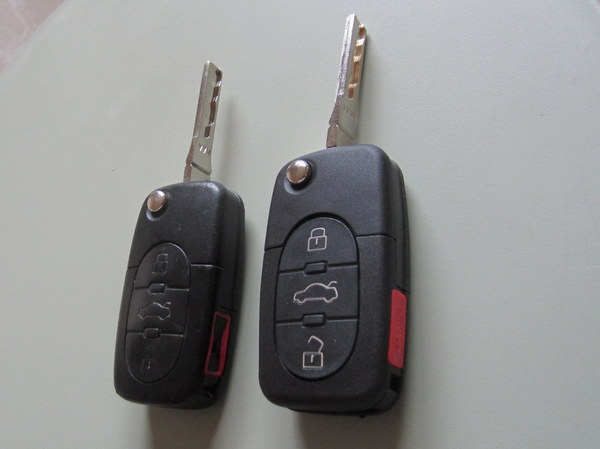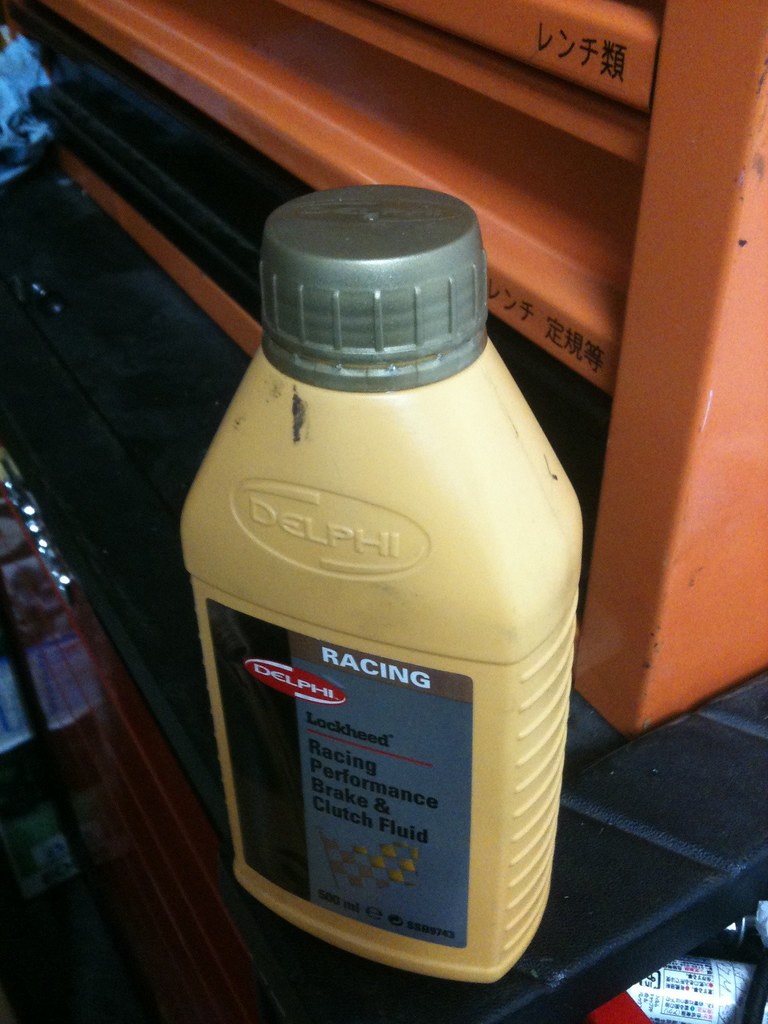1. Introduction
Vehicles are complex machines that require regular maintenance in order to stay in top condition and remain safe for passengers and drivers alike. Suspension systems are an important part of a vehicle, as they provide support for the frame and ensure a smooth ride. Unfortunately, suspension systems can become damaged or broken over time, leading to dangerous driving conditions. In this article, we will discuss what are the dangers of driving a vehicle with a broken suspension.
2. What is Vehicle Suspension?
Vehicle suspension is the system of components that link the frame of the car to its wheels and absorb shock from bumps in the road. The suspension system consists of springs, shock absorbers, control arms, struts, stabilizer bars and other parts that work together to keep your car stable while driving on rough terrain or over bumps in the road. Without a properly functioning suspension system, your car could be unsafe to drive.
3. Signs of a Broken Suspension
It is important to know how to recognize when your vehicle’s suspension system has become damaged or broken so that you can take action before it causes any serious damage or becomes dangerous for you and your passengers. Some signs that your vehicle’s suspension may be damaged include:
• Uneven tire wear
• Leaning when turning corners
• Pulling to one side when braking
• Excessive bouncing after hitting a bump
• Unusual noises when driving over bumps
• Vibrations while driving at high speeds
4. Reasons for a Broken Suspension
A broken suspension can occur due to normal wear-and-tear on vehicles or due to an accident such as running over potholes or hitting curbs too hard. Other common reasons for a broken suspension include poor alignment, worn out shocks/struts/springs, and excessive weight on the car’s frame causing it to sag down from its normal position.
5. Dangers of Driving with a Broken Suspension
Driving with a broken suspension can be extremely dangerous as it can cause loss of control while driving which could lead to serious accidents or injuries if not addressed immediately by an experienced mechanic or technician. A few dangers associated with driving with a broken suspension include:
• Reduced steering control – A broken suspension will reduce your ability to turn corners effectively as well as make it difficult for you to maintain control over your vehicle while turning sharply at high speeds due to increased body roll (the leaning sensation felt when cornering). This can lead to loss of control and potentially dangerous situations while driving on highways and roads where sharp turns are common.
• Poor braking – A broken suspension reduces the effectiveness of brakes due to increased body roll when braking which makes it more difficult for you stop quickly if needed.This could lead you into danger if you need sudden brakes but cannot stop quickly enough due unexpected body roll.
• Increased risk of accidents – Driving with poor steering control and poor braking increases your risk of being involved in an accident since these two factors play major roles in avoiding collisions.As mentioned previously,body roll increases significantly when cornering at high speeds which decreases steering control,making it harder for drivers avoid potential hazards on roads such as potholes,debris,animals etc.
6 The Risk Of Accidents
Driving with a broken suspension also increases the risk of accidents due to decreased stability while cornering at higher speeds which results in increased body roll which makes it difficult for drivers maintain control over their vehicles.Additionally,poor braking performance increases stopping distance which could potentially cause rear end collisions if drivers don’t react quickly enough.Furthermore,uneven tire wear caused by broken suspensions can increase stopping distances even further by reducing grip on wet surfaces,making it harder for drivers maneuver their vehicles safely on roads during wet weather conditions.
7 How To Prevent Damage To Your Vehicle’s Suspension System?
The best way prevent damage from occurring is regular maintenance checks on all components related vehicle suspensions such as shocks/struts/springs etc.Additionally,proper alignment should also be checked regularly ensure that all parts are working correctly together so there no unnecessary strain placed upon them during normal operation.Finally,always remember check tire pressure regularly ensure that they are inflated correctly according manufacturer specifications so they remain balanced during use and don’t cause any additional strain upon other components within suspensions system.
8 Conclusion
In conclusion,driving with a broken suspension is extremely dangerous because it reduces steering control,causes poor braking performance,increases risk accidents due decreased stability while cornering at higher speeds and uneven tire wear resulting from improper maintenance checks all these factors increase chances being involved in an accident significantly.It is therefore important perform regular maintenance checks on all parts related vehicle suspensions such shocks/struts/springs etc so they remain functional throughout lifetime use otherwise serious consequences may arise if not addressed immediately by experienced mechanic technician.
9 References
>
1) “What Is Vehicle Suspension?” Car Bibles (2020) https://carbibles.com/what-is-vehicle-suspension/. 2) “What Are The Dangers Of Driving With A Broken Suspension?” Autoservicecosts (2020) https://www.autoservicecosts.com/what-are-the-dangers-of-driving-with-a-broken-suspension/. 3) “Common Causes Of Car Suspension Problems” Firestone Complete Auto Care (2020) https://www.firestonecompleteautocare.com/maintain/suspension/.
The Unseen Risks of Driving with a Faulty Suspension: What You Need to Know!
Can you still drive with a broken suspension?
Simply put: you shouldnt drive a vehicle with a broken suspension. When a cars suspension fails there are several components that can cause the problem such as a broken coil spring or a broken shock absorber.
Can you drive a car with a blown suspension?
The short answer is no you dont need to drive a car with a broken suspension. Whether its a damaged coil spring or a damaged shock absorber you cant drive a car with a damaged suspension element.
What happens if you don’t replace suspension?
Over time the shock absorbers and struts can lose their ability to control weight transfer and this is what makes you feel like you are out of control of your vehicle. This can be particularly dangerous if the tires lose contact with the pavement making it difficult to control the vehicle in an emergency.
Are suspension problems serious?
You probably dont think much about your cars suspension system but if it fails it can really stop you in your tracks. Driving with a damaged or worn suspension system not only causes additional wear and tear on your vehicles tires but can also put you and others on the road at serious risk.
How much does it cost to fix a broken suspension?
You can expect to spend between $1000-$5000 for suspension repairs. The cost of new parts can vary depending on the type of vehicle you have and the difficulty of the replacement. Two main factors increase the cost of automotive suspension repair. Portions: These cost you more.
What does a broken suspension sound like?
The first sign of any problem with the suspension could be an unusual noise. There will be a squealing or grinding noise under the vehicle. In extreme situations your car may not drive in a straight line without constant steering wheel adjustment.

